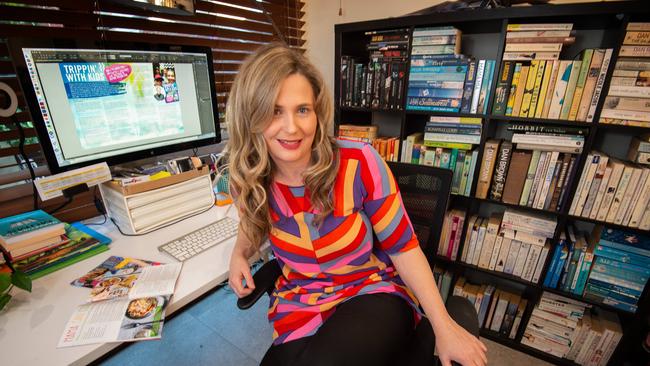Australians living week to week and many have less than $1000 in savings
The COVID-19 pandemic has left a soaring number of Australians worse off financially, with many set to struggle once government support payments are wound back.
Costs
Don't miss out on the headlines from Costs. Followed categories will be added to My News.
- Five extra cash lifelines to help you right now
- JobKeeper, JobSeeker changes: 15 things you must know
One in five Australians have less than $1000 in cash savings and many will struggle once government support payments are wound back, a new report shows.
ME Bank’s latest biannual Household Comfort Report found the COVID-19 pandemic had left one in three Australians worse off.
But, in an unexpected positive, lockdown had allowed some to drastically build on their savings.
The report, which surveyed 1500 households in June, revealed:
• 20 per cent have less than $1000 in cash savings.
• 34 per cent of Australians have less than $5000 in cash savings.
• 9 per cent of mortgage customers are unable to meet their repayments on time.
• 65 per cent of renters who pay more than 30 per cent of their income have experienced rental payment stress.
• 57 per cent of households spent less than they earned – the highest level ever in the report’s nine-year history.
The report also found 40 per cent of households have benefited from Federal Government support schemes including JobSeeker and JobKeeper or accessed their superannuation savings early in order to make ends meet.

The report’s author, economist Jeff Oughton, said a lot of Australians were in dire financial circumstances.
“They are treading on the edge of a personal savings cliff with little if any cash savings fearing the scars of COVID and underemployment,” he said.
“They are also dependent on government support for the foreseeable future.”
The unemployment rate was 7.4 per cent in June and could reach double digits in the coming months.
The report also showed how many people with accommodation costs – whether it be mortgages or rent – fear the future.
“We have people on the edge wondering about how long they will get support from government and how long they will be supported by their banks and their landlords,” Mr Oughton said.
Single mum Sarah Cavalier, 42, who runs a magazine MamaMag, has had a 50 per cent income loss during COVID-19 and is on JobKeeper payments but she has managed to save $10,000 during the pandemic by cutting costs.

“My advertising revenue has dropped and due to most businesses who stock it closing we have had to move the magazine from print to digital. But this has meant I saved on printing costs” she said.
“I’ve had to rethink my entire business model.”
The Federal Government’s JobKeeper scheme has helped financially prop up nearly one million Australian businesses and 3.5 million workers.
And under the early access to superannuation scheme 2.6 million people have withdrawn $31.6 billion.
More than $30 billion in payments have been handed out.
Crown Money Management’s chief executive officer Scott Parry said it remained a huge concern that so many Australians had no cash buffers.
“These are the times if you are employed where your savings rates should be increasing because you don’t have the ability for that discretionary spend that you used to have,” he said.
“If you are getting paid you should split your pay, get your employer to pay you a portion into a separate account that you can’t easily access.”
Latest Reserve Bank of Australia figures showed in May, Australians owed $40.1 billion on credit cards and $24.8 billion was accruing interest.
This has fallen significantly from 12 months prior when $50.7 billion was owing on plastic and $30.8 billion was accruing interest.

